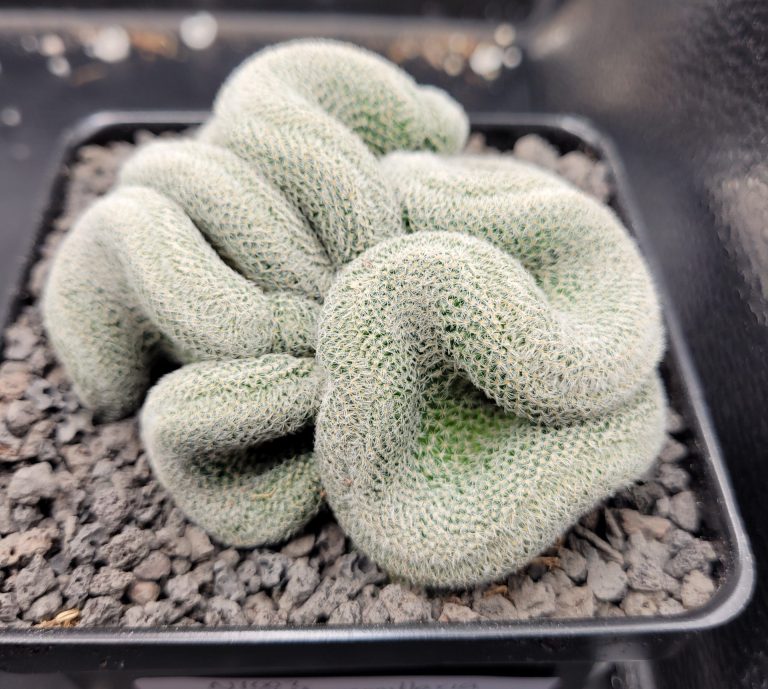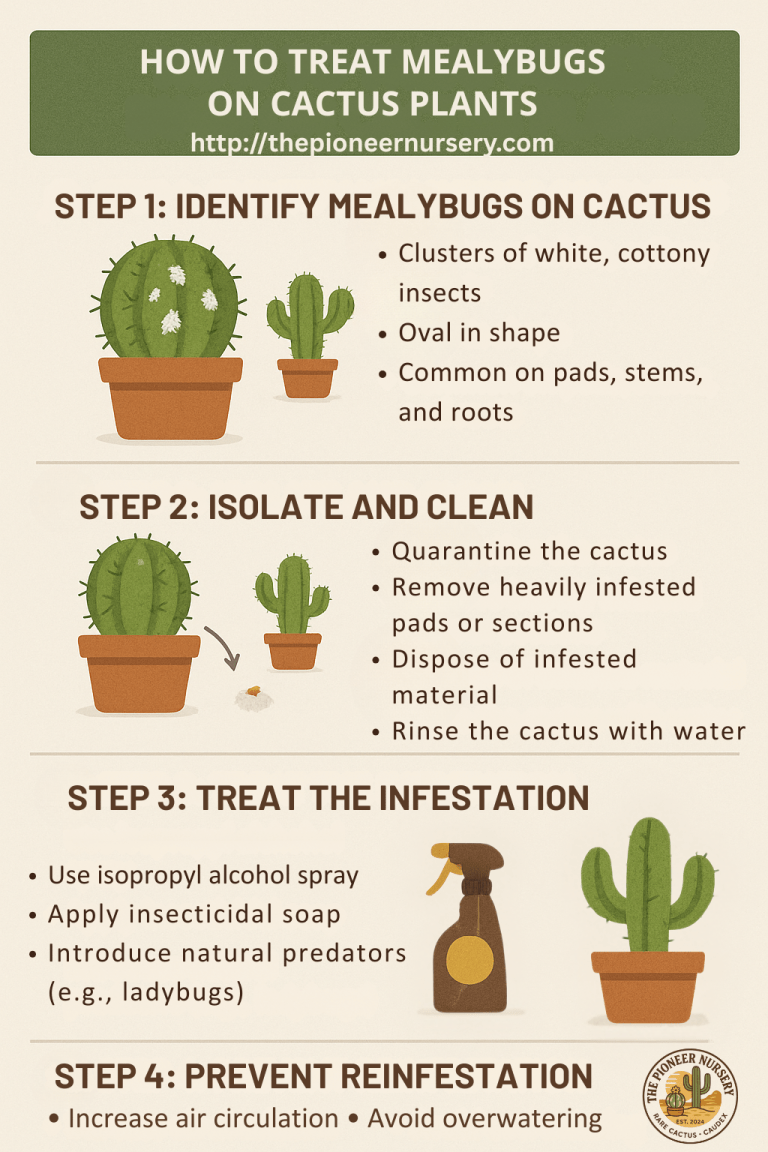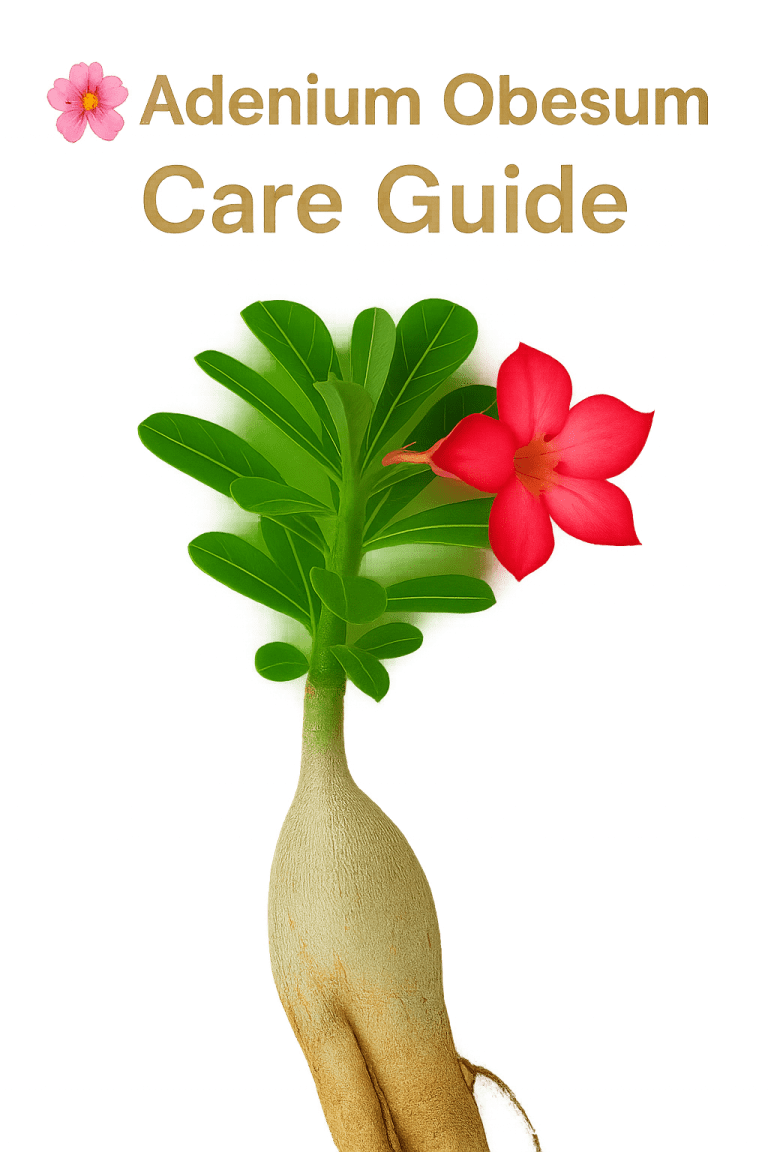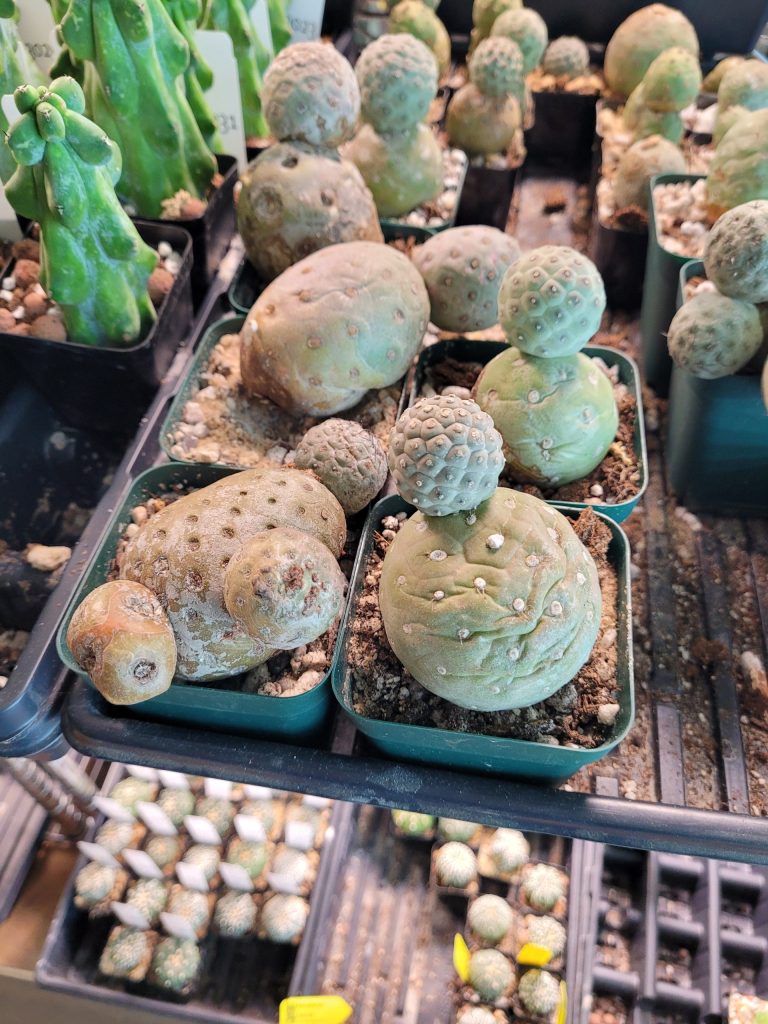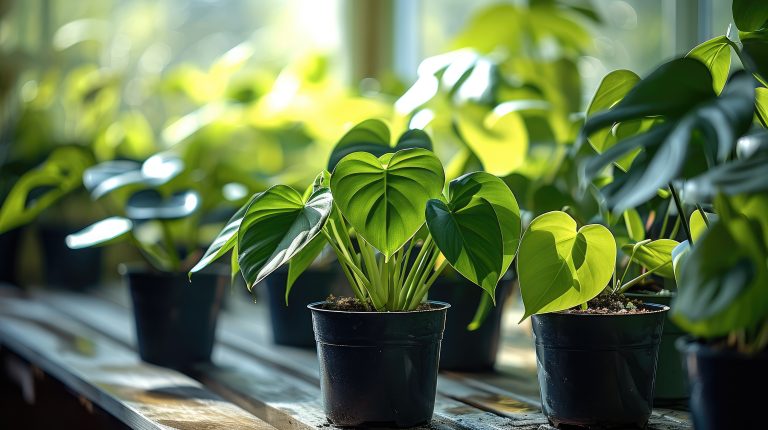Elegant, rare, and wonderfully unique—discover how to help this beauty thrive.
Ceropegia bosseri is a rare and intriguing member of the milkweed family (Apocynaceae), native to Madagascar. Known for its vining form and small, tubular flowers, it’s a collector’s gem with a reputation for being both exotic and surprisingly easy to care for—if you understand its needs. Here’s everything you need to know to keep your Ceropegia bosseri healthy and happy.
🌞 Light Requirements
Ceropegia bosseri prefers bright, indirect light.
- Indoors: Place it near a sunny window (south or east-facing is ideal).
- Outdoors: Filtered sunlight is best. Avoid full direct sun, which can scorch the delicate stems and leaves.
- Not enough light may result in leggy growth and poor flowering.
💧 Watering
As a succulent-like caudiciform, underwatering is safer than overwatering.
- Water deeply, but infrequently. Let the soil dry out completely between waterings.
- During active growth (spring/summer): Water every 10–14 days.
- In winter dormancy: Reduce to once a month or less.
- Avoid letting the caudex sit in water—this can cause rot.
🪴 Soil & Potting
A fast-draining mix is essential.
- Use a cactus or succulent soil mix enhanced with perlite, pumice, or coarse sand.
- A shallow pot with drainage holes works best to support the caudex and avoid moisture buildup.
- Avoid rich or moisture-retentive soils.
🌡️ Temperature & Humidity
Native to warm, dry environments, Ceropegia bosseri prefers:
- Temps between 65–85°F (18–29°C) during the growing season.
- Protect from temps below 50°F (10°C).
- Low to moderate humidity is ideal. Avoid overly humid rooms or environments.
🌱 Fertilization
During the growing season (spring and summer):
- Use a diluted cactus or succulent fertilizer once a month.
- Avoid high-nitrogen formulas; too much nitrogen may cause leggy, weak growth.
- No fertilization needed during winter dormancy.
✂️ Pruning & Training
- Light pruning can help control length or encourage branching.
- Ceropegia bosseri can be trained along trellises or allowed to hang freely.
- Be gentle—its stems are delicate and can snap easily.
🌸 Flowering
The flowers are tubular, intricate, and often purplish or green in color.
- Encourage blooms by providing adequate light, proper rest in winter, and avoiding overwatering.
- Flowers may appear in late spring through fall under optimal conditions.
🌿 Repotting
Repot only when necessary—usually every 2–3 years.
- Choose a pot only slightly larger than the current one.
- Repot in spring, and allow the plant to adjust in a shaded spot for a few days after repotting.
⚠️ Common Issues
- Root Rot: Caused by overwatering or poor drainage. Always let the soil dry completely.
- Pests: Watch for mealybugs or spider mites. Treat with neem oil or insecticidal soap.
- Stretching (Etiolation): A sign of low light—move to a brighter location.
🧡 Final Thoughts
Ceropegia bosseri may look exotic, but it thrives with simple care and a light touch. Give it the proper light, let it dry out between waterings, and enjoy one of nature’s most captivating vining plants. Whether displayed on a shelf or cascading from a hanging planter, this rare species is sure to draw attention and admiration.

